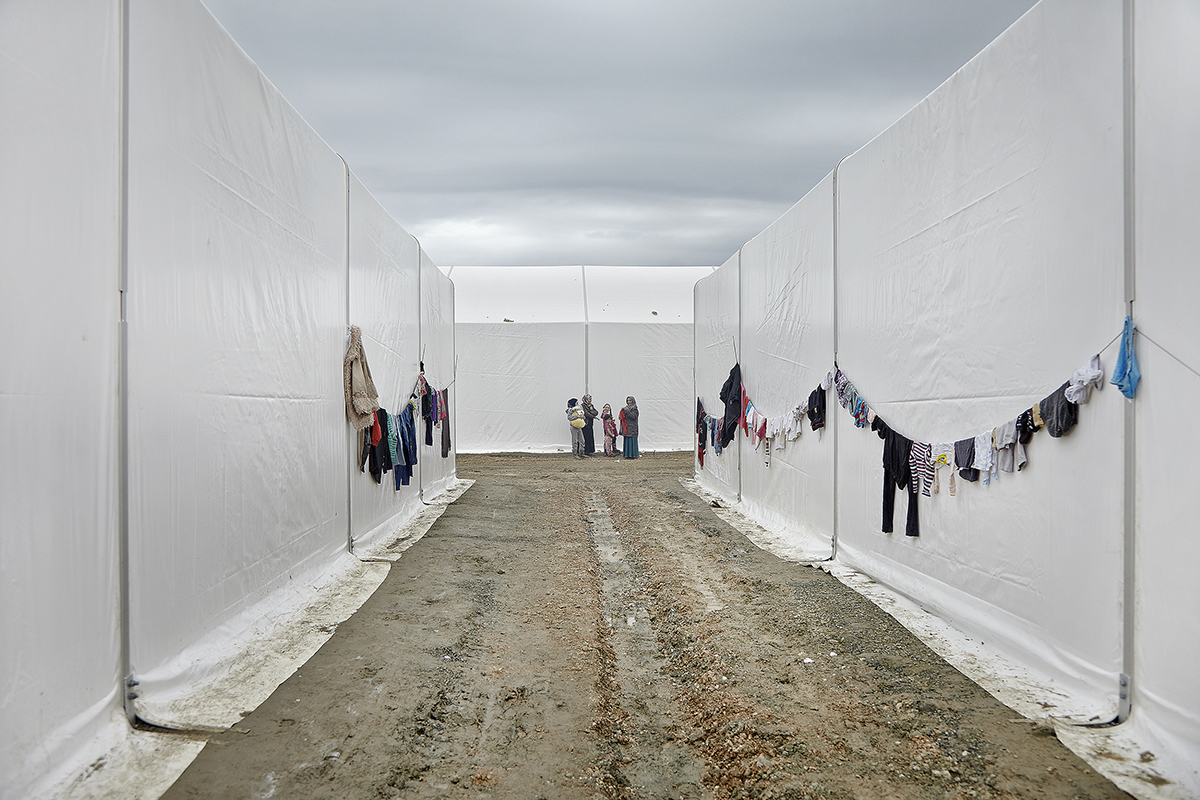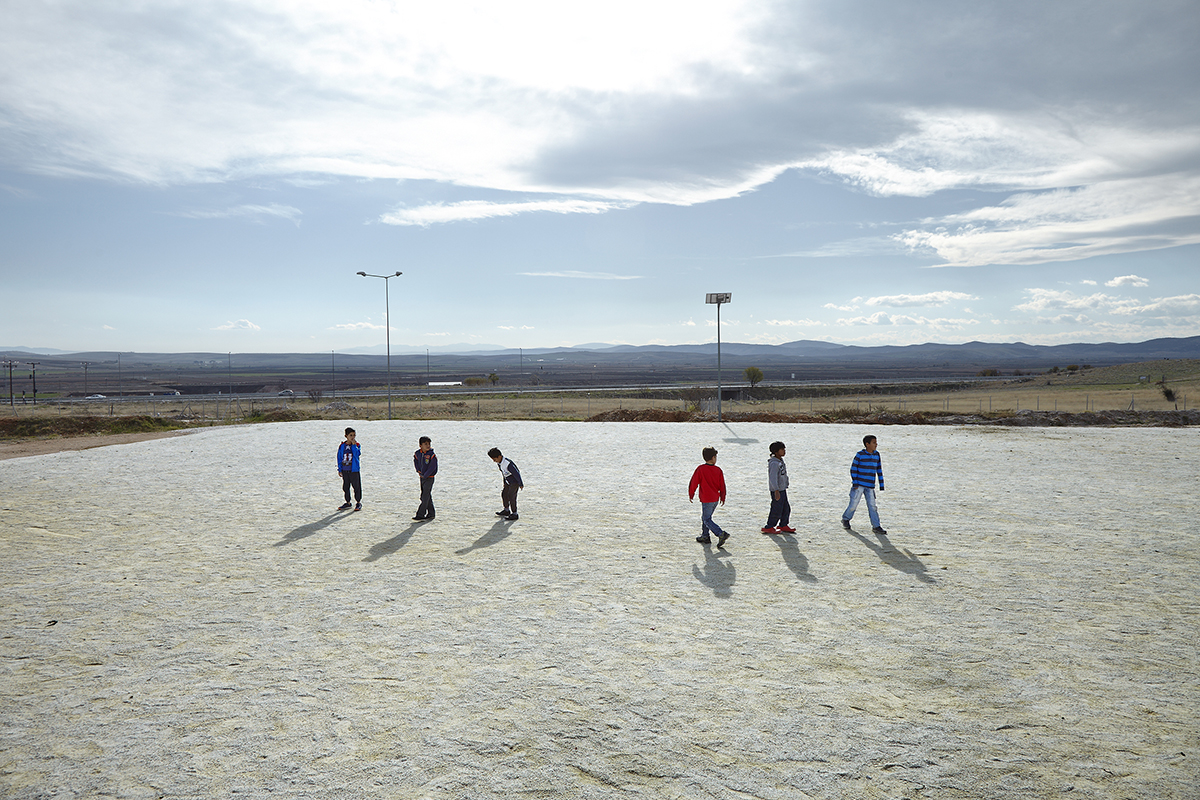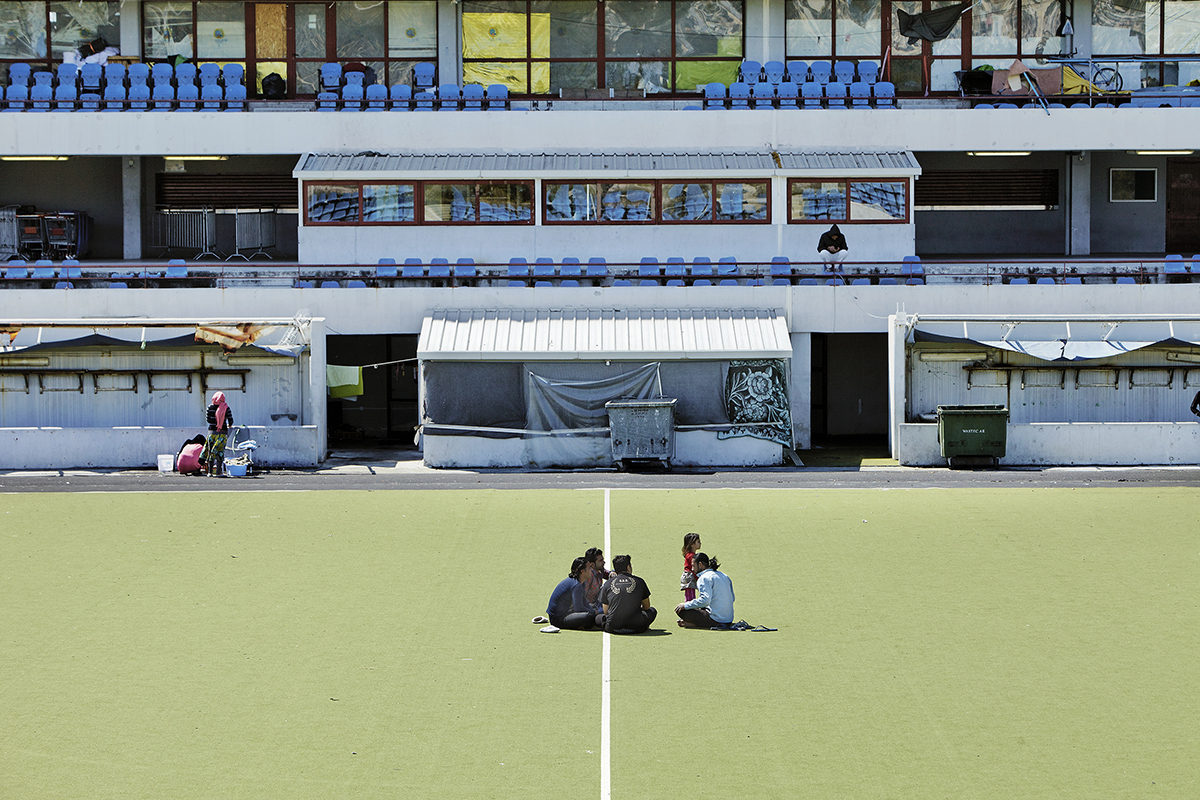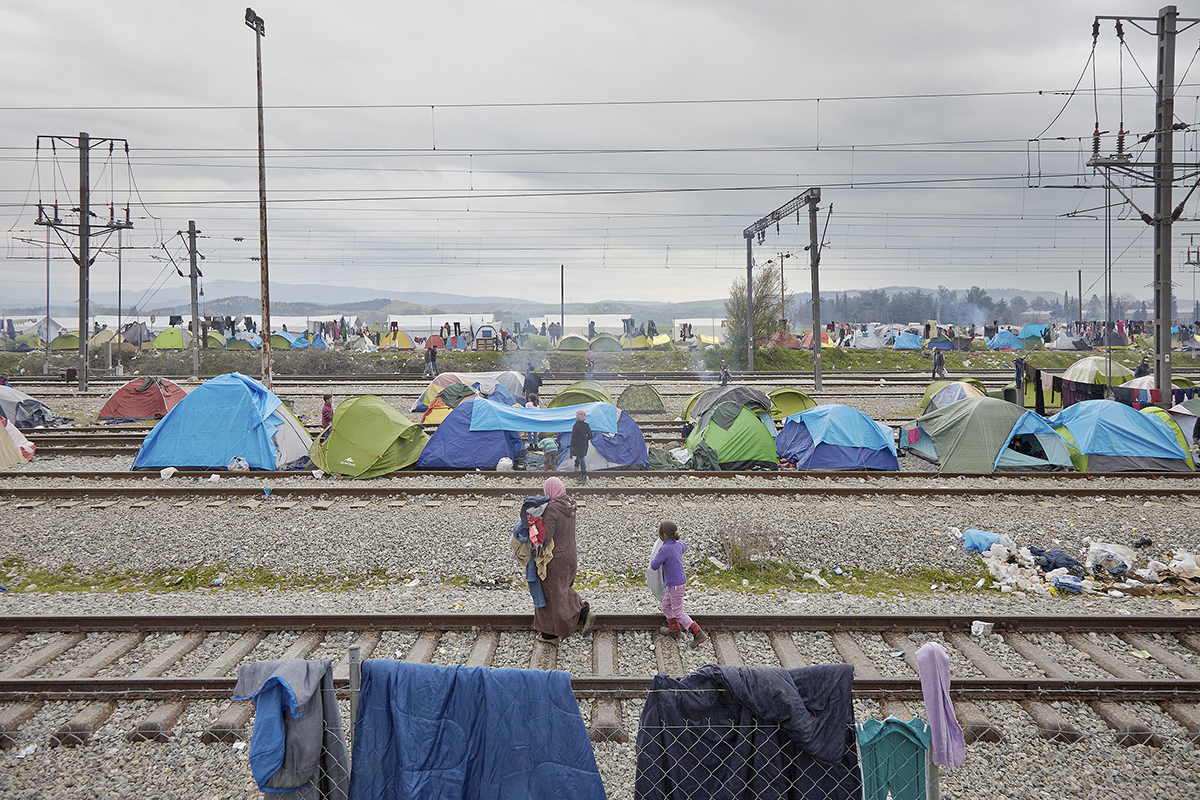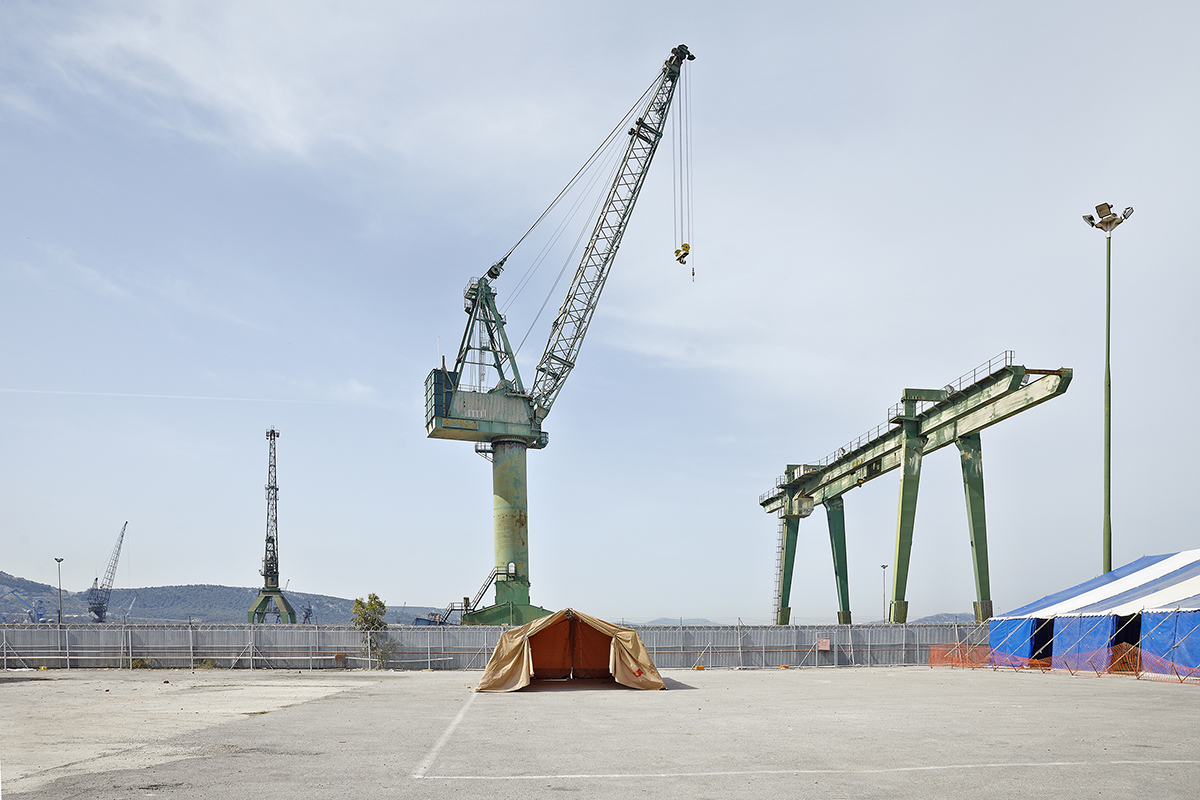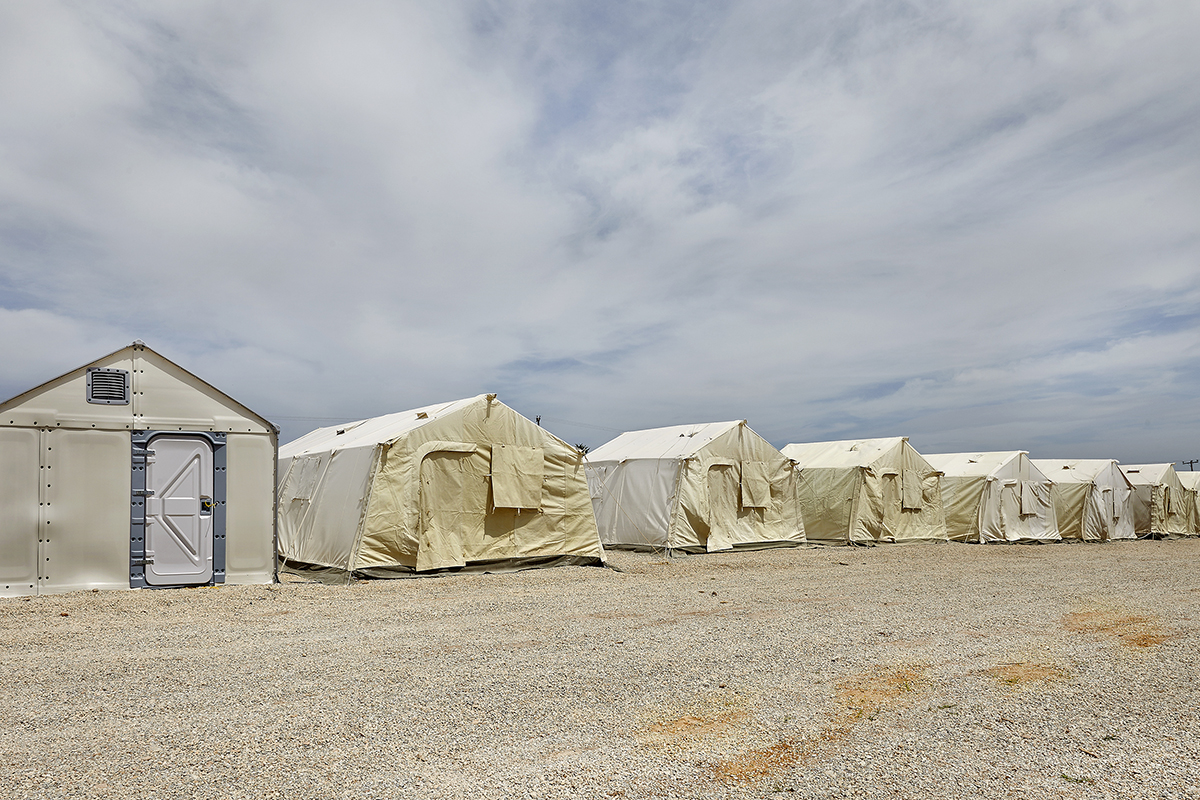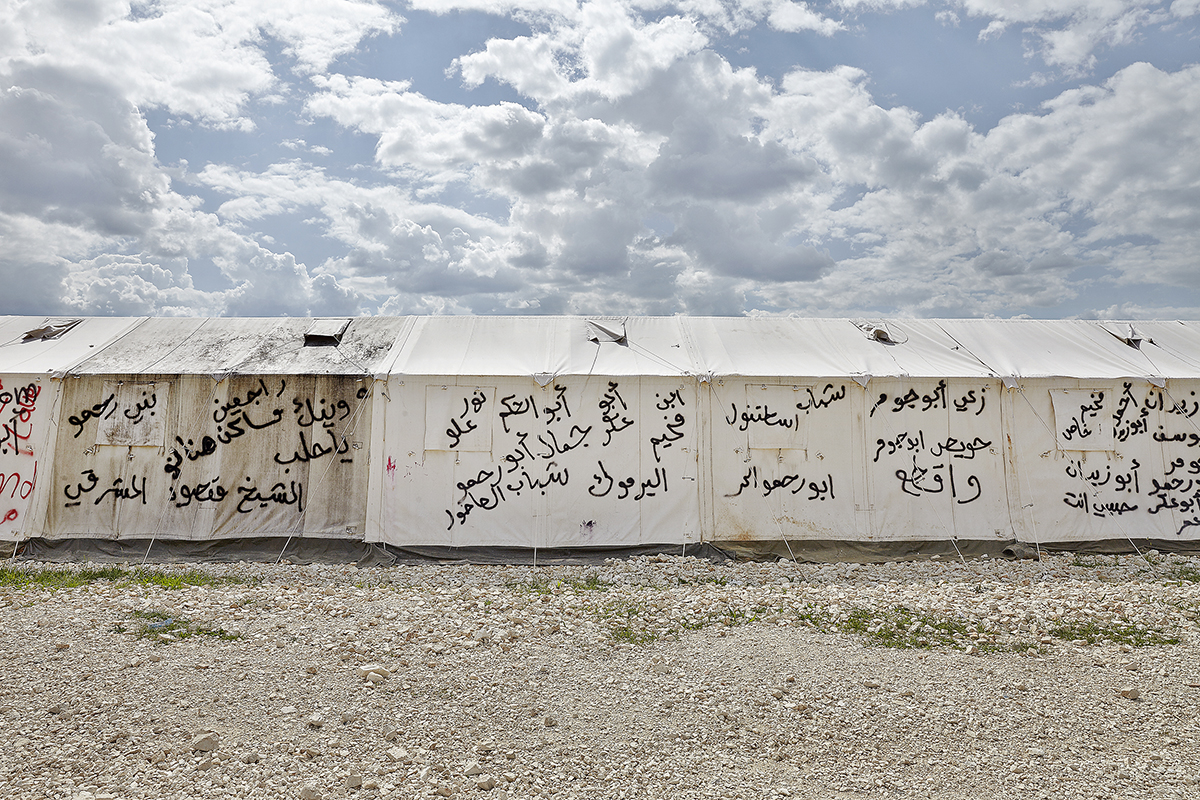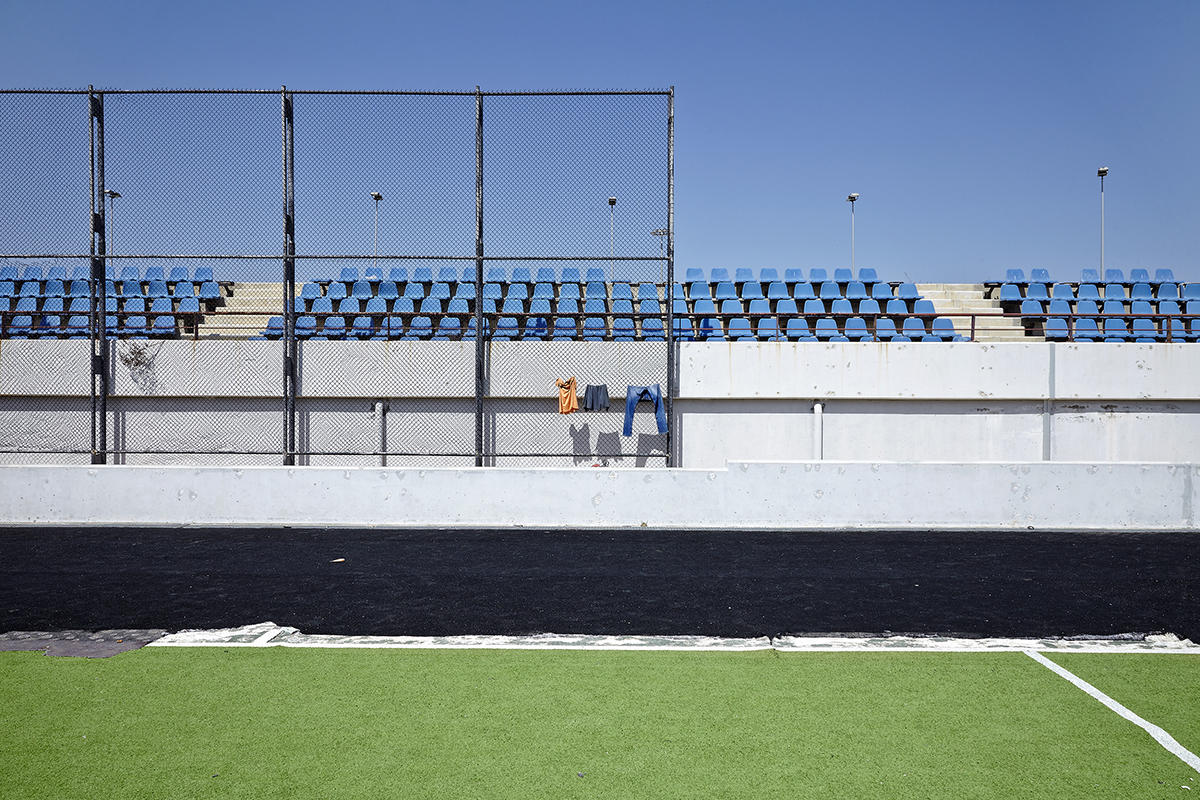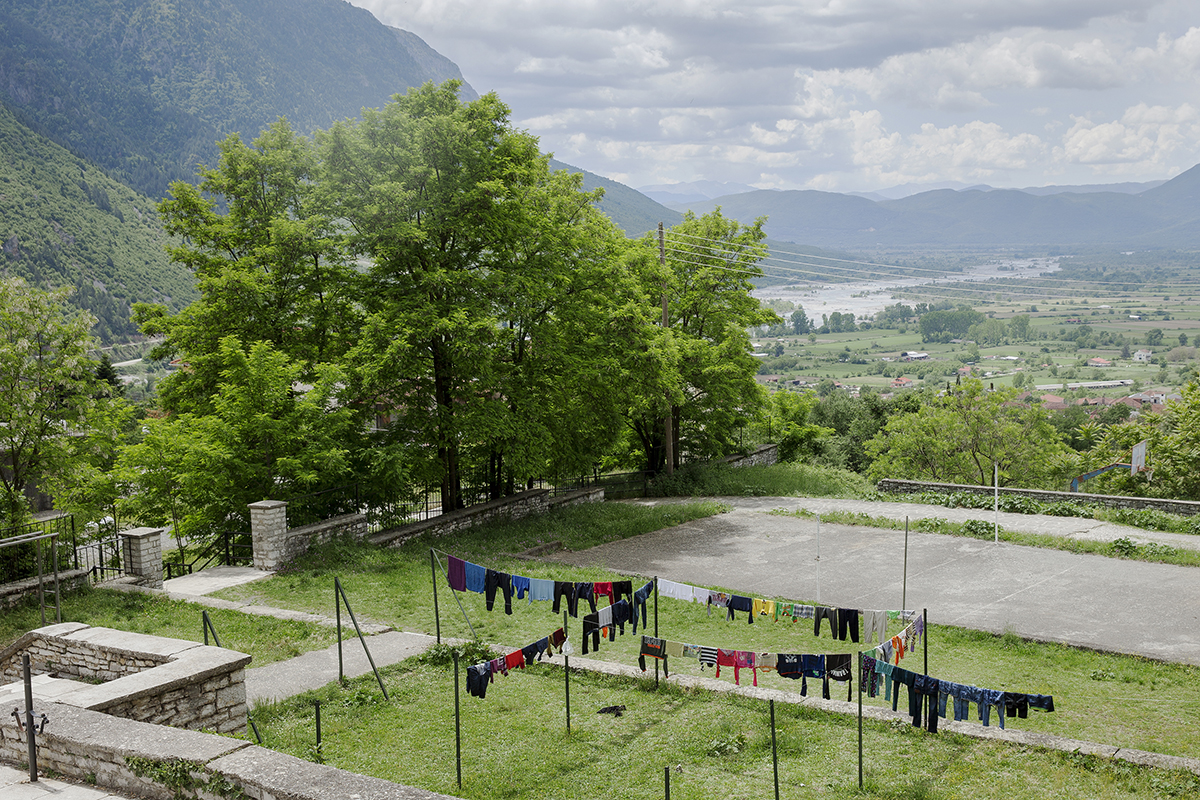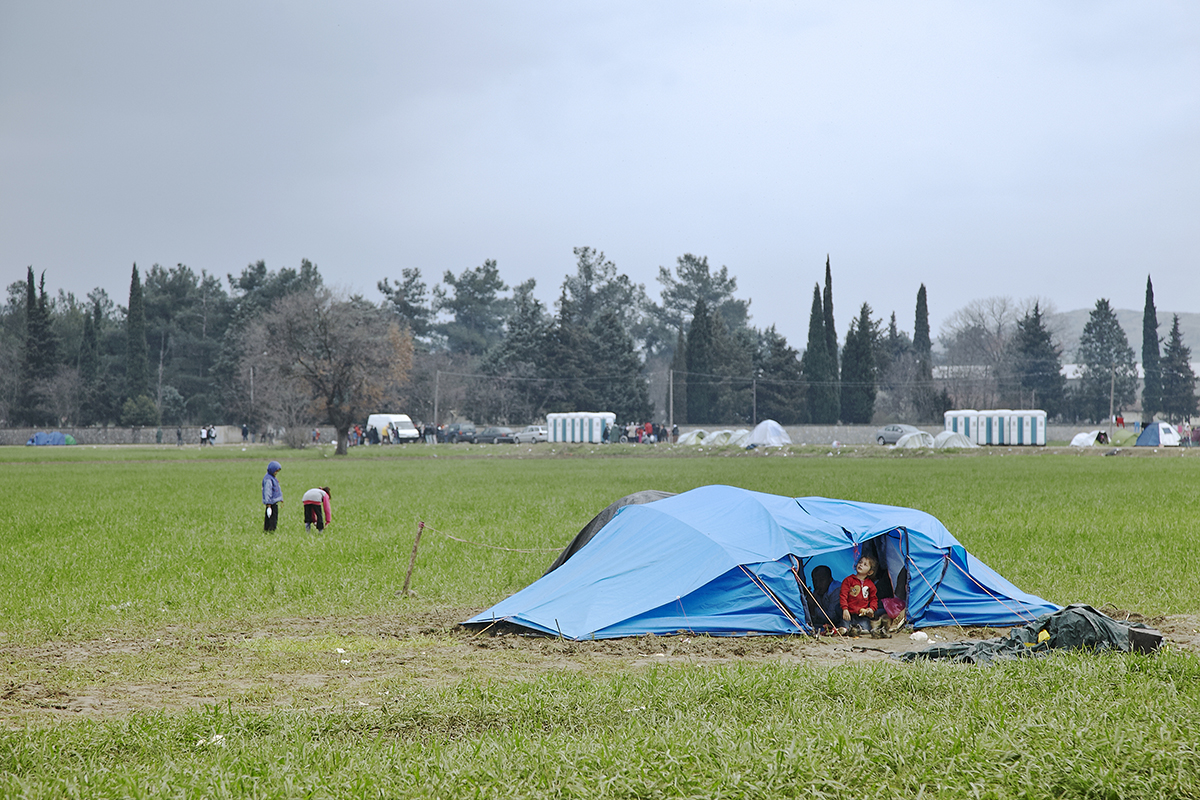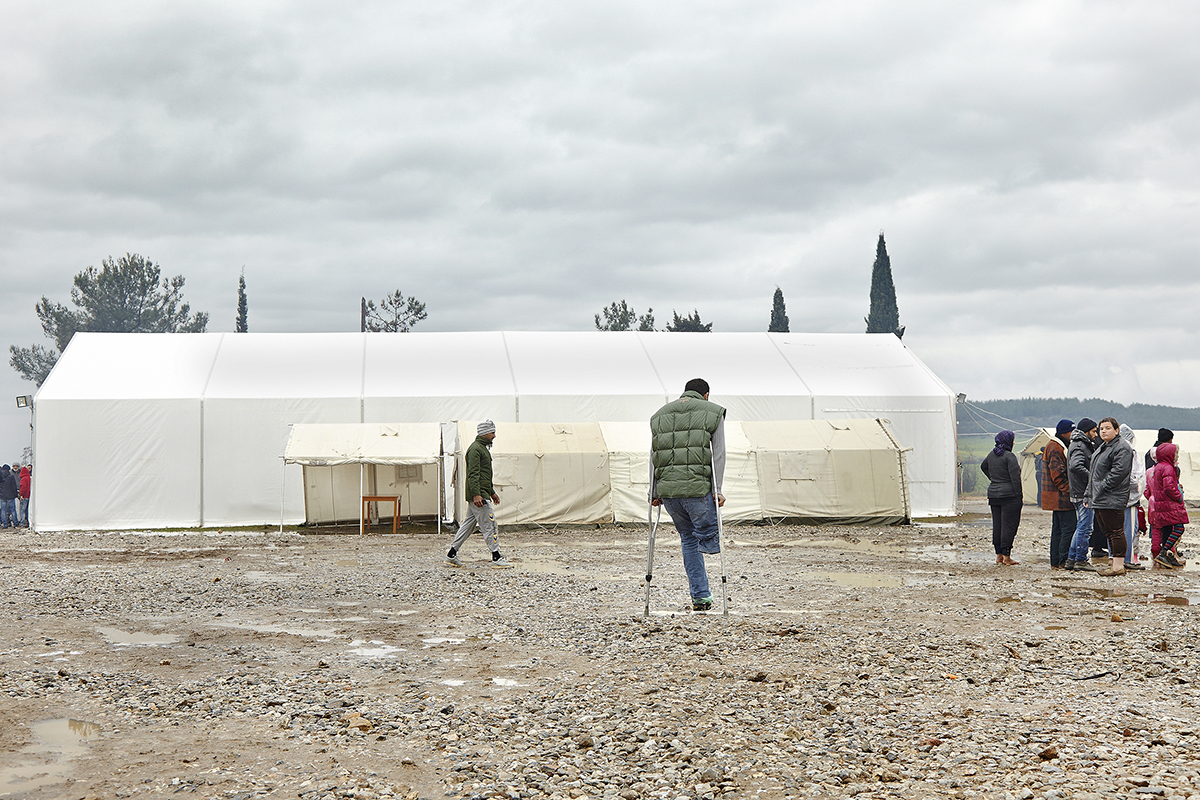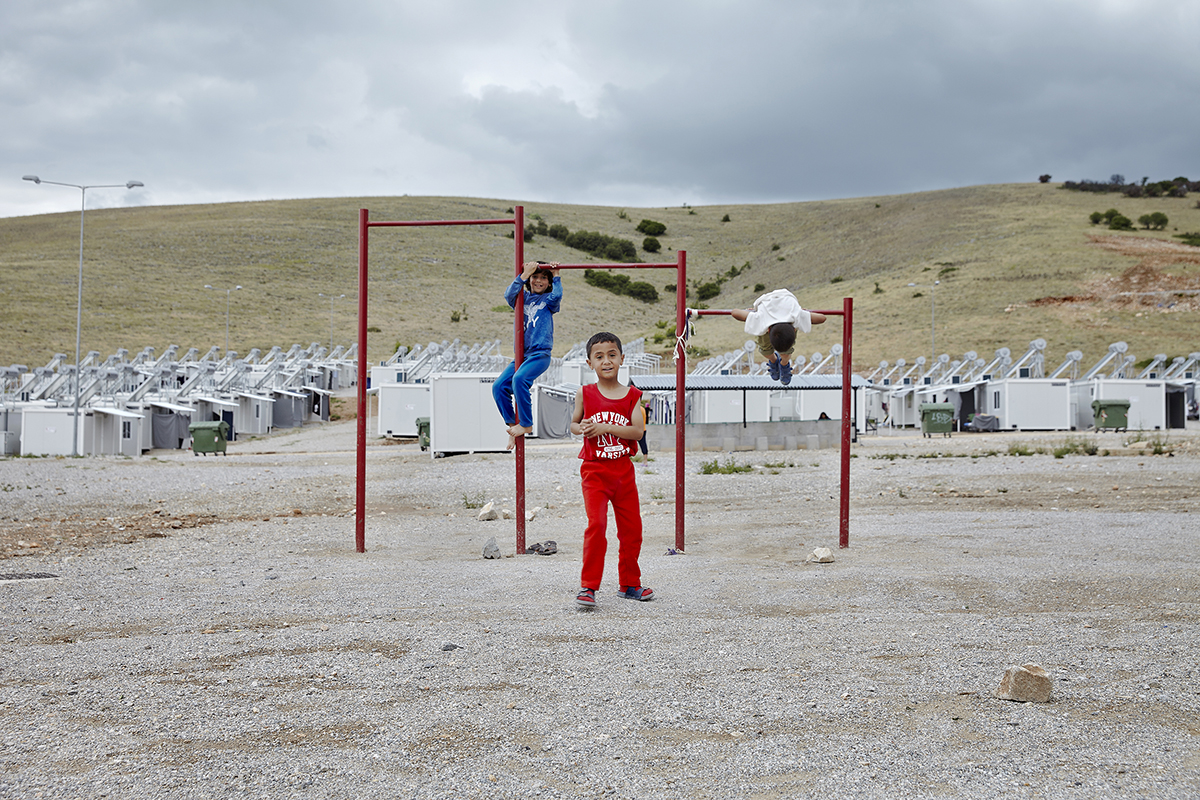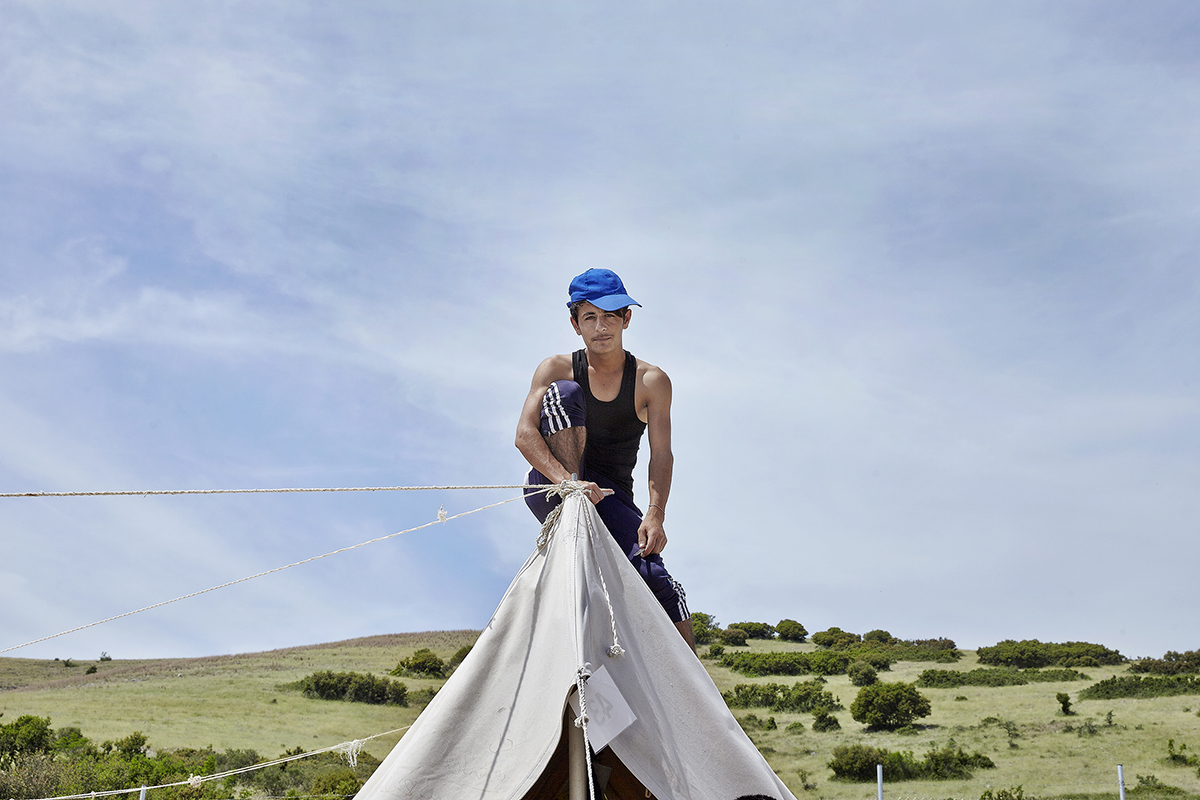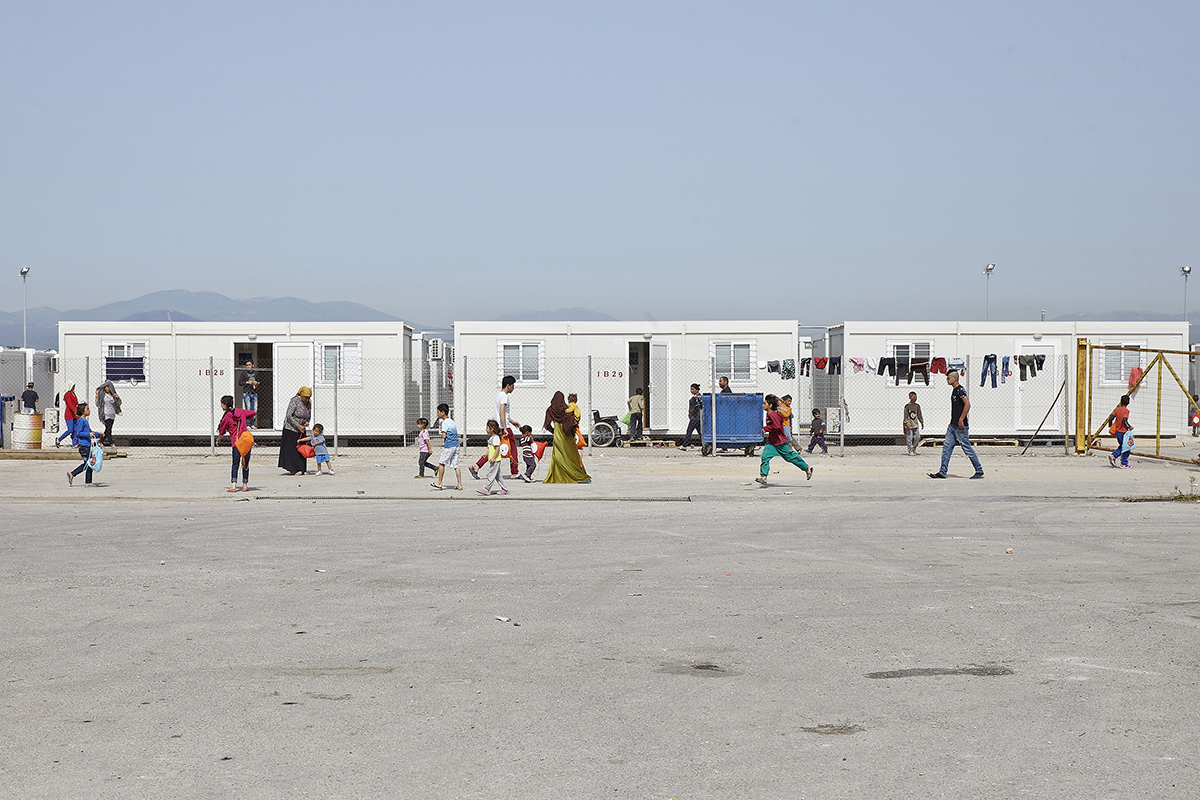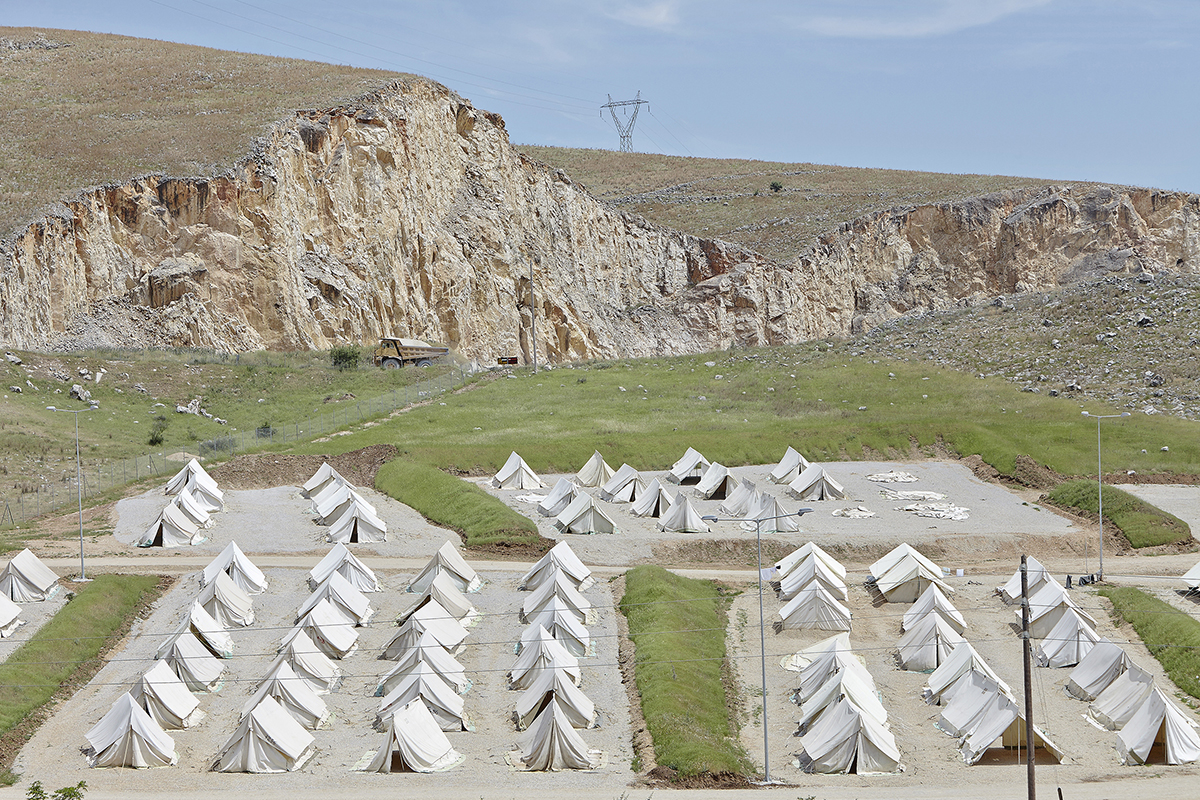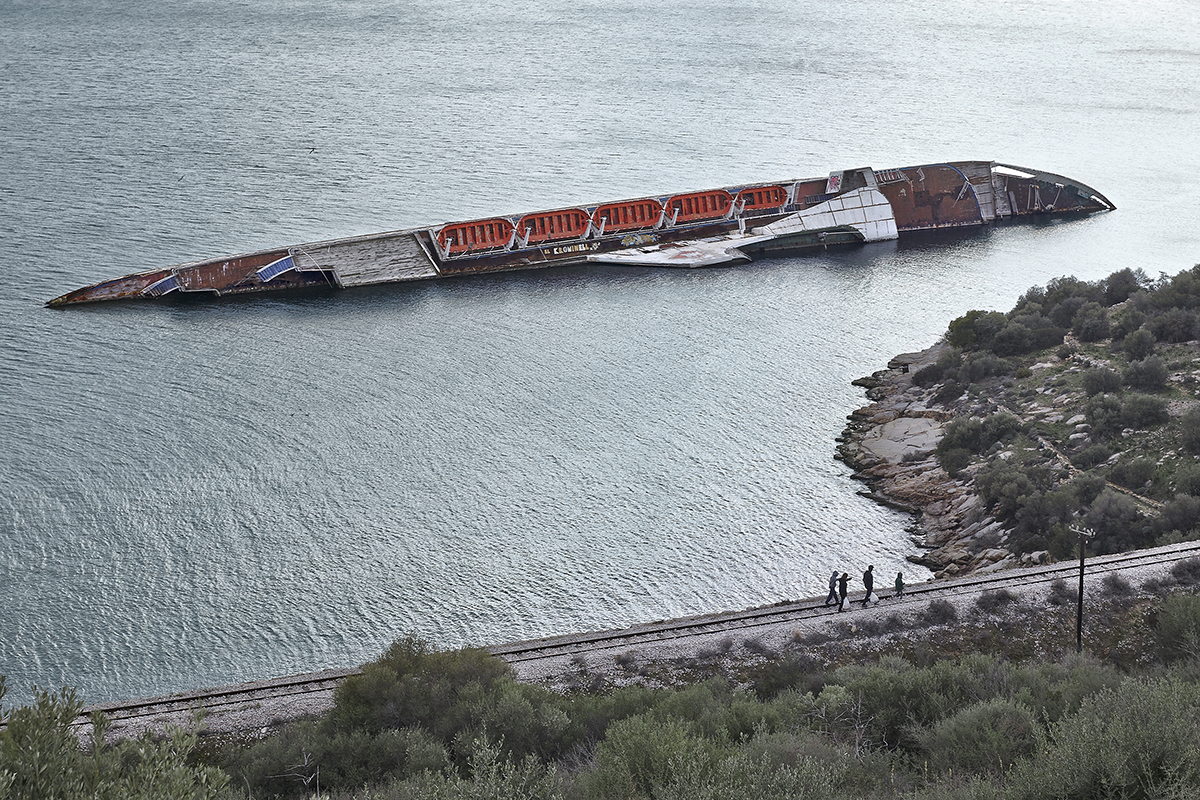no name cities
Ο πόλεμος στη Συρία και στην ευρύτερη περιοχή δημιούργησε μεγάλες προσφυγικές ροές προς την Ευρώπη, με την Ελλάδα να έχει τον ρόλο της χώρας εισόδου. Μετά το κλείσιμο των συνόρων των κρατών της Ε.Ε εγκλωβίστηκαν στην Ελλάδα περισσότεροι από 50000 πρόσφυγες. Σε μικρό χρονικό διάστημα αρχίζουν να διαμορφώνονται προσφυγικοί καταυλισμοί, οργανωμένοι από το Ελληνικό κράτος αλλά και αυτοοργανωμένοι χωρίς καμία κρατική παρέμβαση, σε σημεία ενδιαφέροντος για τους ίδιους τους πρόσφυγες.
Οι νέες πόλεις που δημιουργήθηκαν σε τόσο σύντομο χρονικό διάστημα, σε πρώτη ανάγνωση παρουσιάζουν ομοιότητες με τον οργανωμένο αστικό ιστό, ομοιότητες που αφορούν αρχικά τις ανάγκες για τροφή, στέγη, περίθαλψη και εκπαίδευση για τον νεότερο πληθυσμό. Επίσης διαθέτουν οδικό δίκτυο και ενιαία τυπολογία κατοικίας.
Η διαφορά με τις υπόλοιπες πόλεις έγκειται στο γεγονός ότι δεν υπάρχει κυρίαρχο κοινωνιολογικό σχήμα, με βάση το οποίο διαμορφώνονται οι προσωπικές, πολιτικές και οικονομικές σχέσεις των ανθρώπων που κατοικούν σε αυτές. Είναι ένα μείγμα του τυχαίου και της ανάγκης, είναι το αποτέλεσμα μιας συνάντησης εξόριστων πολιτισμών, κουλτούρας και αισθητικής. Είναι τόποι με συσσωρευμένες δυναμικές που περιμένουν να εκφραστούν και να μετατραπούν σε συγκεκριμένα κοινωνιολογικά μοντέλα συμβίωσης, μέσω της οργάνωσης και της δομής που στο μέλλον θα αποκτήσουν. Οι καταυλισμοί είναι κάτι περισσότερο από απλοί τόποι διαμονής, λειτουργούν σαν ανθρωπολογικά εργαστήρια συνθηκών αλλά και μοντέλων συμβίωσης του μέλλοντος. Είναι πόλεις που ψάχνουν την ταυτότητά τους, ψάχνουν το όνομά τους.
The war in Syria the last five years created large refugee flows which think of Europe as their final direction. In this procedure Greece has the role of the first reception country. After the total closure of the northern borders with the EU, more than 50.000 refugees were trapped in Greece.
Immediately after that, refugees begin to form small communities in the camps that are organized by the Greek state. Exactly the same happened in the self-organized camps where there is no state intervention, usually in places that the refuges prefer to stay, as Idomeni or the port of Piraeus.
At first sight, these totally new cities which were created in such a short time, they have a lot of similarities with the commonly organized cities. These similarities have to do with the essential need for food, safe shelter, health care and education for the younger population. They also have roads connecting these camps with the areas next to them, and a common form of residence.
The main difference between these cities and the cities as we already know them, is that there is no typical social form under which personal, political and economic relations are being formed. It is the result of both a random element and the need. It is the result of a meeting between different cultures, traditions and esthetics. These places have a great dynamic which waits for the chance to be expressed, in order to reform into concrete sociological partnership models. This transition can only take place through the organization and structure that human relation will obtain in the future.
Living in a refugee camp means more than having a place to sleep, eat and rest. It is an anthropological laboratory on the aspect of the conditions and the future partnership models. These cities are not just urban places. They are looking for their identity. They are searching their names.

